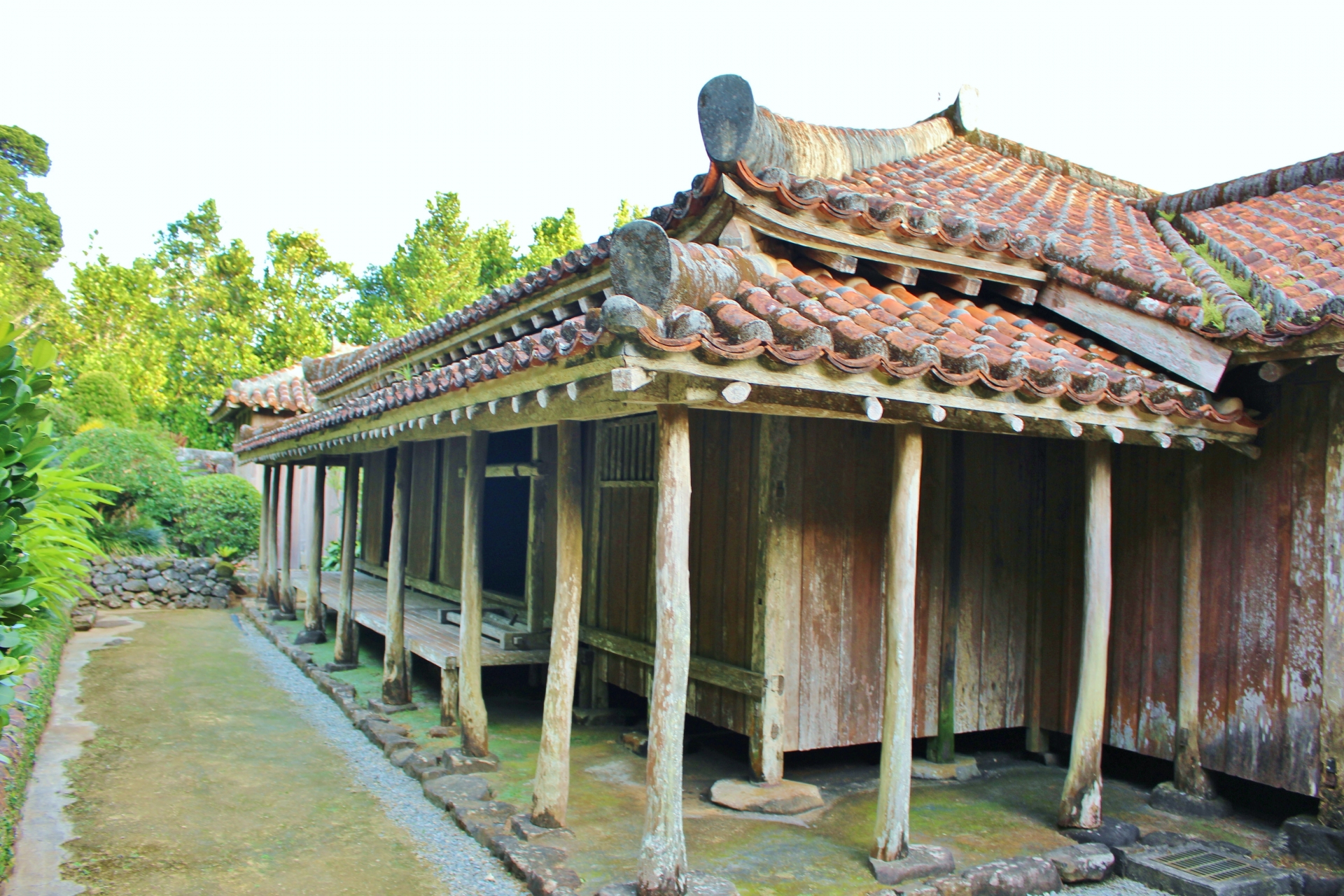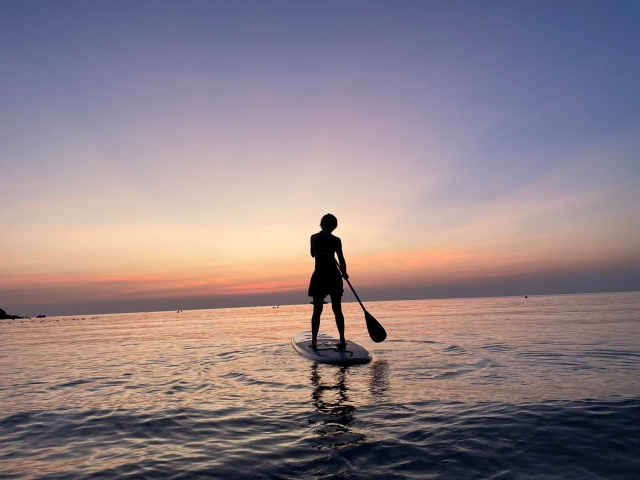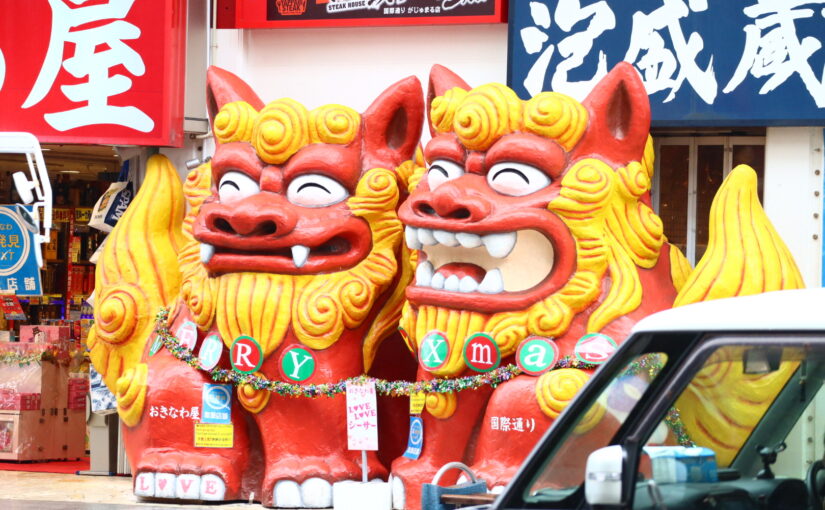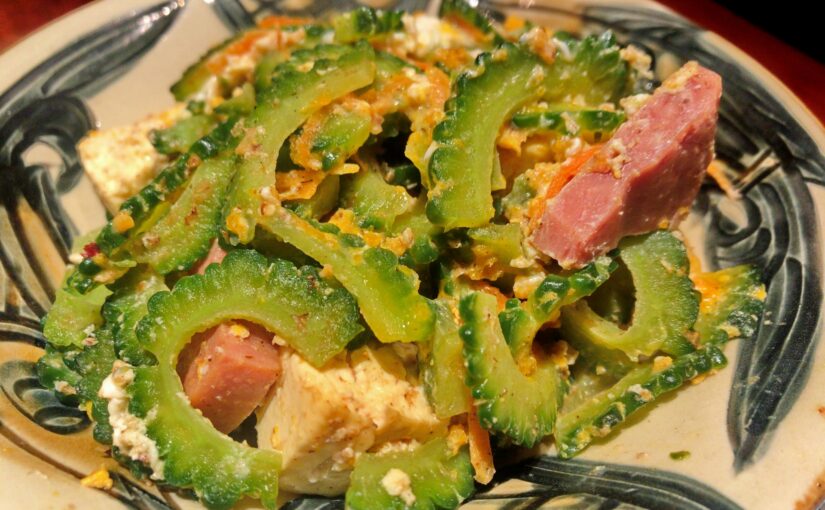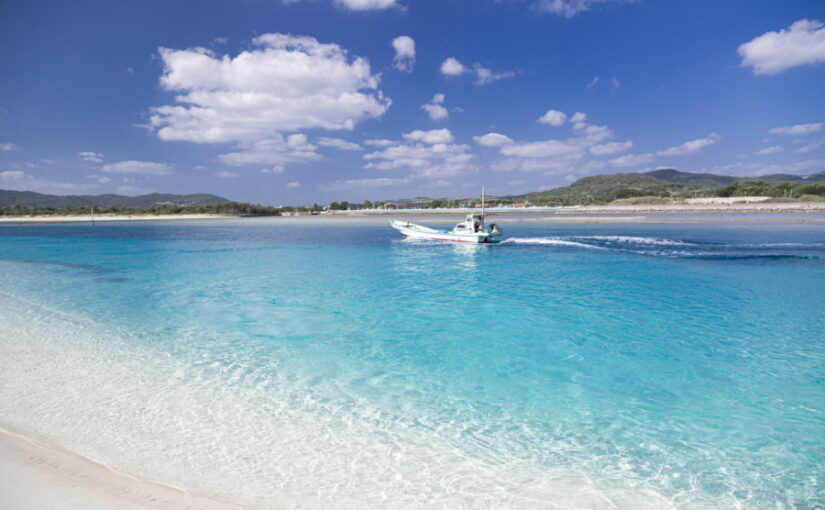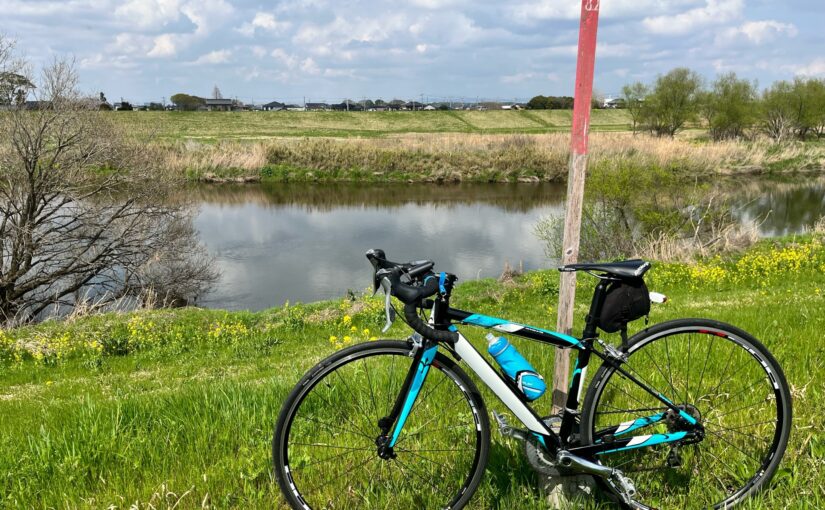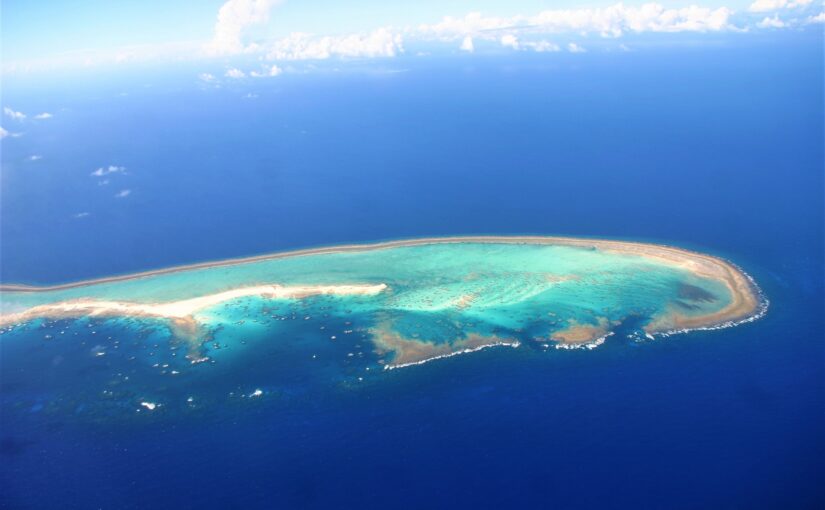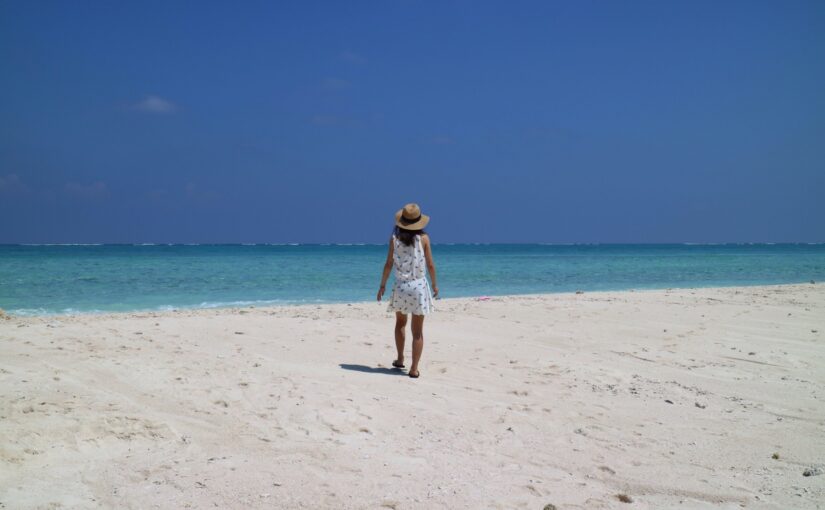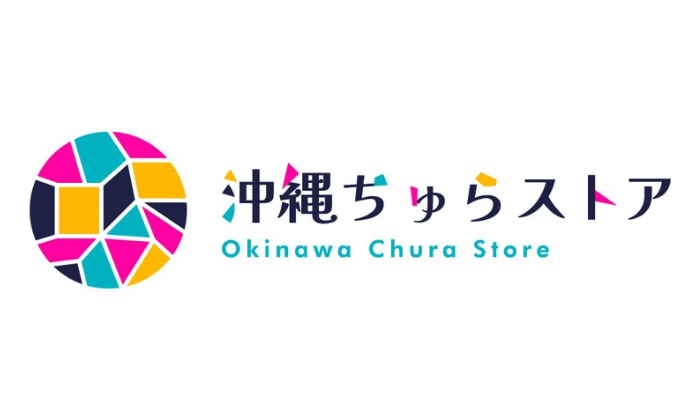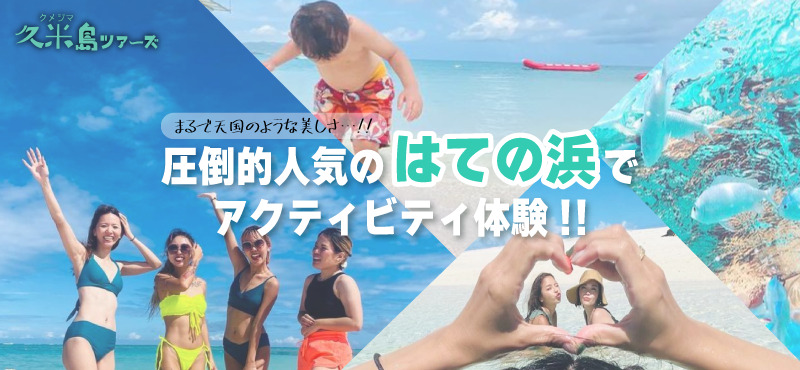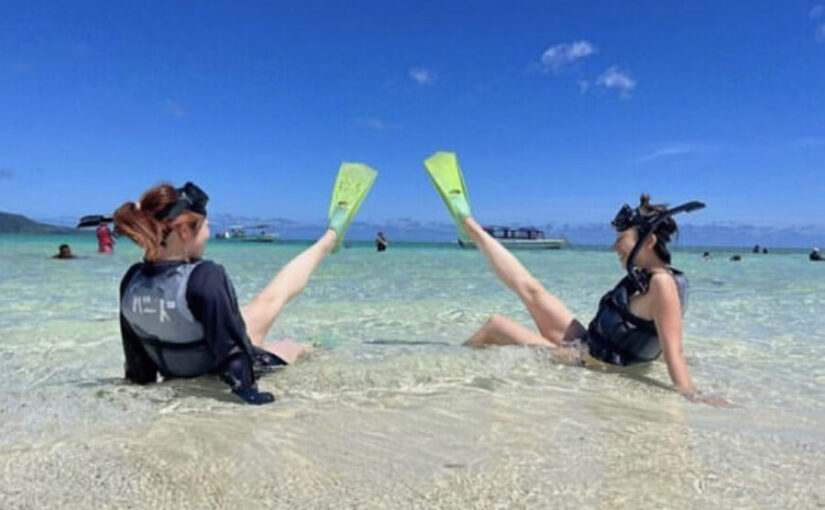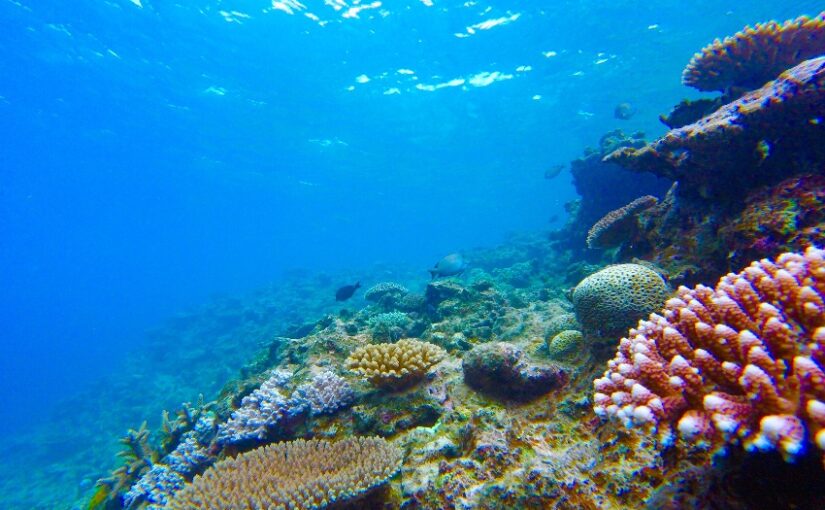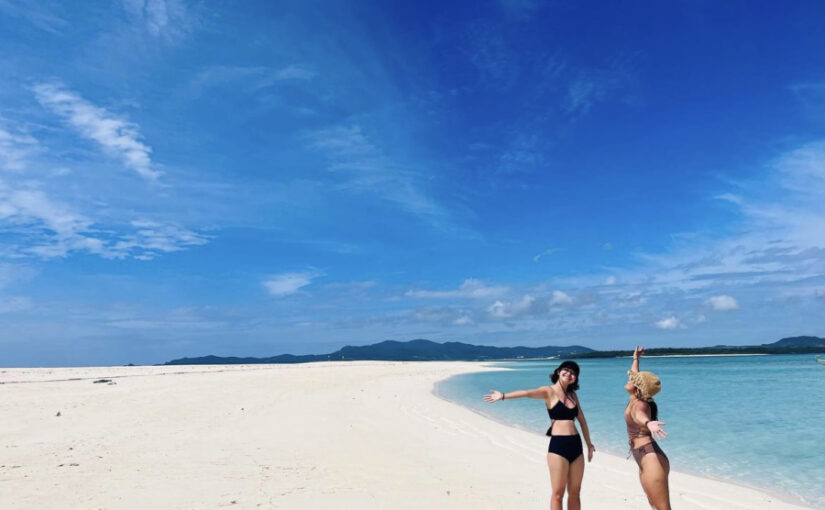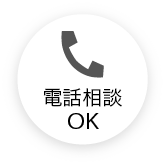What is Uesuke, a popular sightseeing spot on Kume Island? Information on hours of operation, admission fees, parking, etc.
Table of Contents
- 1 What is the Uesuke, a popular tourist spot on Kume Island?
- 2 History of the Uezu Family
- 3 Designated as a National Important Cultural Property
- 4 How to enjoy the Uezu family
- 5 Basic Information
- 6 There are many other places to visit on Kume Island where you can learn about the history of the island.
- 7 Rental cars are recommended for sightseeing in remote islands! Book your rental car in Kumejima as early as possible!
- 8 summary
What is the Uesuke, a popular tourist spot on Kume Island?
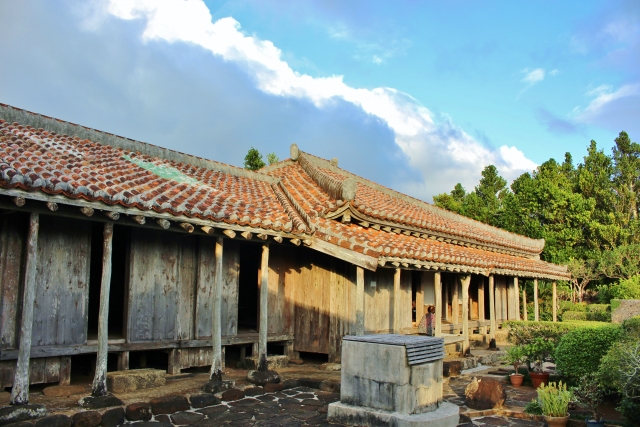
Kume Island is a remote island with a beautiful ocean, and the purpose of many tourists is marine activities such as diving and snorkeling.
However, Kume Island offers not only marine activities but also relaxing sightseeing.
Other than marine activities, sightseeing to see spectacular scenery, power spots, and nature tours are also popular, as well as sightseeing to learn about the history of Kumejima.
In this issue, we will introduce the Uezu family, which is important for understanding the history and culture of Kumejima.
Learning about the history of the destination can be a cultural tourist experience.
We have compiled a list of knowledge that you should know and enjoy before visiting the Uezu family.
History of the Uezu Family
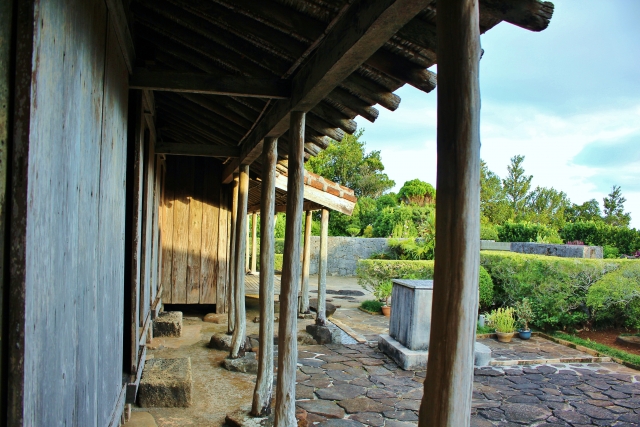
The Uezu House was the residence of a samurai family in the Ryukyu Dynasty and was built around 1754.
The Uezu family, descendants of the former lord of Gushigawa Castle, is an old family that served as jichidai, the role of village head, and has supported the Gushigawa ma-kiri, equivalent to half of Kumejima, for generations.
It is recorded that he contributed to the industrial development of Kumejima by cultivating cotton yarn and tea leaves and teaching the islanders how to make silk pongees so that they would not starve or suffer from poverty.
This residence of the Uezu family incorporates Okinawan feng shui and is a valuable structure that has become the subject of research on old Ryukyuan architecture.
Currently, the mansion is inaccessible, but visitors can experience learning about Ryukyuan architecture from outside the mansion.
While visiting the house's amulet, bathroom that doubles as a piggery, storehouse, and stone wall, please feel the history of Okinawa and Kumejima.
It is a magnificent mansion with beautiful red tiles, and is characterized by the fact that the room of the master, who is the highest-ranking person in the house, is 9 tatami in size.
It is said that this is a room to convey the message, "Man is fulfilled when he is perfect. One should strive for one thing," the room is reportedly designed to convey this message to descendants, and the architecture carries on the thoughts of our predecessors.
Designated as a National Important Cultural Property
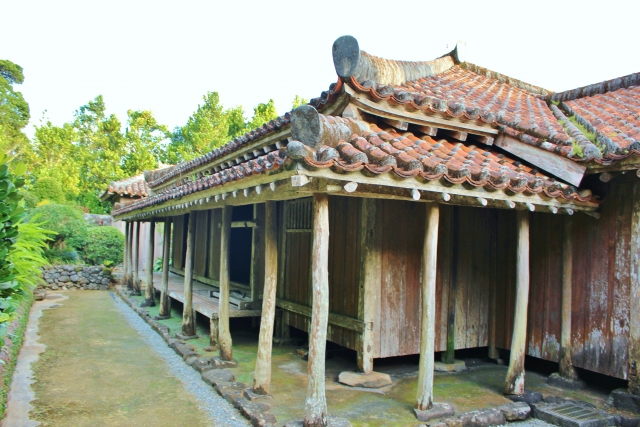
The Uezu House is a mansion designated as a National Important Cultural Property.
Materials, maps, books, and vessels found in the mansion are also designated as National Important Cultural Properties and are protected.
Ryukyuan architecture and feng shui, which can be seen throughout the mansion, are of great academic value and are important research subjects, so for protection reasons, the mansion is currently closed to visitors.
However, there are tours of the Uezu family and a guide to the house by the grandmother of the house (who married into the Uezu family), so visitors can observe the architecture of Kumejima and the plants native to the area while learning about the history.
The experience of learning about Kumejima's important cultural assets by comparing them with general architecture and feng shui is popular.
How to enjoy the Uezu family
Enjoying the Uezu Family is not limited to admiring the typical Okinawan architecture.
You can feel the history and culture from every corner of the mansion and discover new knowledge and discoveries.
It is a sightseeing spot full of attractions, such as the stone moat made of coral lime that surrounds the mansion and serves to ward off evil spirits, and the bamboo fence that was used as a burial site in those days.
You can also enjoy the wonderfully preserved architecture, including a hinpung (amulet) on the stone moat, a well, a detached piggery and toilet (warnhur), a garden, a fukugi forest, and a kitchen.
A visit here is characterized by the experience of feeling the lifestyle of the samurai families of the time.
Many people also visit the beautiful red-tiled mansion surrounded by greenery, camera in hand, as it is beautiful to look at.
Even if you are not so interested in architecture, this is a good place to visit because you can see a mansion that is uniquely Okinawan.
Basic Information
- Business hours: 9:00-18:00
- Closed: No regular holidays
- Address: 816 Nishime, Kumejima-cho, Shimajiri-gun, Okinawa
- Access: 5 minutes by car from Kumejima Airport
- Admission: Adults 300 yen, Junior high school students 200 yen, Elementary school students 100 yen
- Parking space available, etc.: Yes
There are many other places to visit on Kume Island where you can learn about the history of the island.
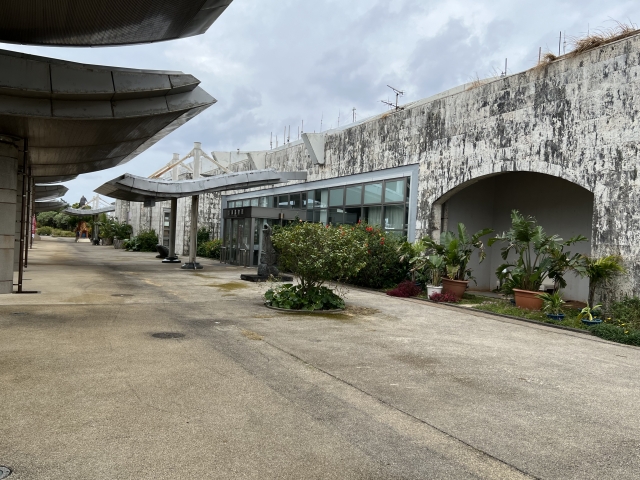
The Uezu family is the oldest private house in Okinawa, built about 250 years ago, but there are other sights where you can learn about its history.
Here, we have also summarized the features, attractions, and basic information on each of Kume Island's historical sights.
Its tourist spots are also places and facilities related to the Uezu family, so please make a sightseeing plan to learn about the history of Kumejima.
Gushigawa Castle Ruins
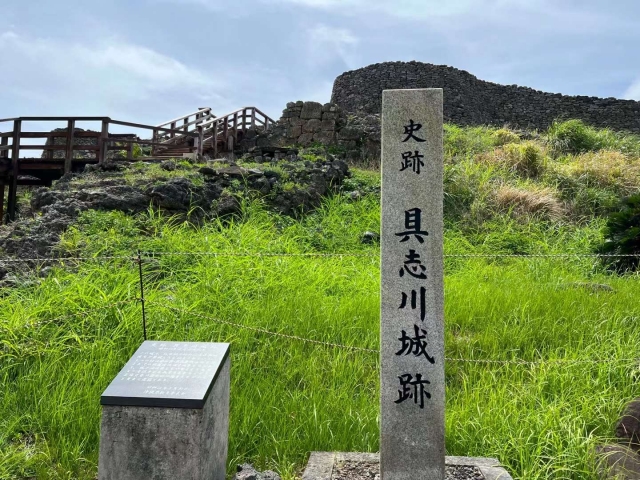
The Uezu family is descended from the former lord of Gushigawa Castle.
On Kume Island, the ruins of Gushikawa Castle (Gushikawa-joiseki) are a tourist attraction.
The ruins of the castle (gusuku) were designated as a national historic site in 1975, and excavations and other research were conducted from 1999 to 2007.
The exact date of construction and the owner of the castle are unknown.
It is believed that the castle was built on a cliff on three sides, making it difficult to be attacked by enemies, and is an important historical site for exploring the history of Kumejima.
Spot descriptions and attractions
The unique feature of Gushigawa Castle Ruins is that it was built on a limestone hillside facing the sea on the northwest coast of Kume Island.
Because of its proximity to the sea, trade with China seems to have flourished, and white porcelain, celadon, and Chinese coins have been found among the excavated artifacts.
It is an important cultural asset because it has become a place of historical exchange with foreign countries.
Although there are many unknowns about Gushigawa Castle, it is said that the foundation of the castle was built in the 15th century, and after the castle fell, a castle of the same name was built around Cape Kyanabu on the main island of Okinawa.
If you visit the main island of Okinawa, please visit.
The highlight of this spot is that you can actually walk around the ruins of the castle.
After passing through the magnificent stone wall at the entrance, the beautiful azure sea spreads out before you.
The ruins of the gusuku, which are located in a place where much nature remains, will fascinate visitors because of their sadness and the sense of serenity that has watched over history throughout the years.
Basic Information
This spot is located in an area where there are no restrooms, vending machines, or stores in the vicinity.
Visitors are advised to use the restroom and eat/drink before visiting.
- Hours of operation: 24 hours
- Closed: No holidays
- Address: Nakamuradori, Kumejima-cho, Shimajiri-gun, Okinawa
- Admission fee: None
- Parking space available, etc.: Yes
▼Learn more about Gushigawa Castle Ruins ▼
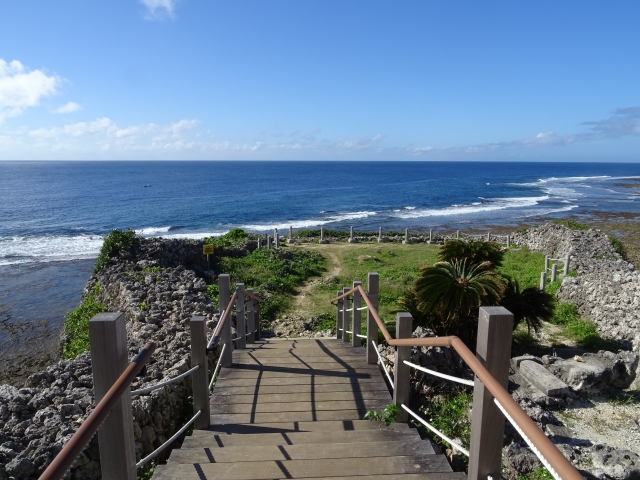 Gushigawa Castle Ruins The Gushikawa Castle Ruins on Kume Island are the remains of an important castle in the history of the Ryukyu Islands, built in the early 15th century by a powerful clan called "Aji" who were in control of the island. Located on a limestone hill facing the northwest coast of Kume Island, it is now a stone [...].
Gushigawa Castle Ruins The Gushikawa Castle Ruins on Kume Island are the remains of an important castle in the history of the Ryukyu Islands, built in the early 15th century by a powerful clan called "Aji" who were in control of the island. Located on a limestone hill facing the northwest coast of Kume Island, it is now a stone [...].
Uimarukan, the home of Kumejima Tsumugi
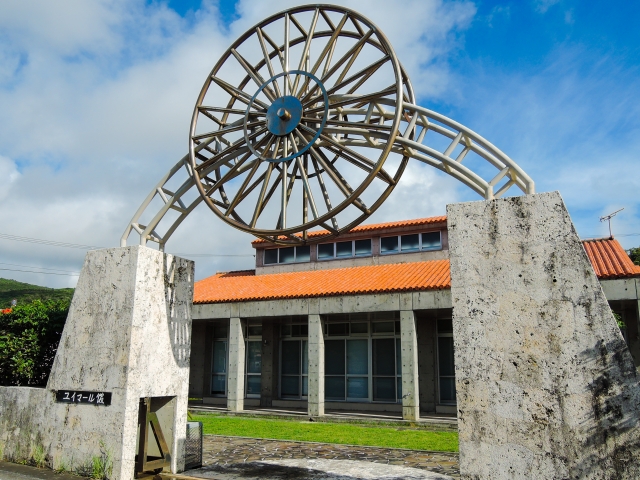
The Kumejima tsumugi, which was popularized by the Uezu family among the islanders, has been handed down to the present day as Kumejima tsumugi.
Uimarukan, the home of Kumejima Tsumugi, is popular among tourists as a facility where visitors can experience a museum, factory tour, workshop, and sales of Kumejima Tsumugi.
Because it is a tourist attraction that is experienced indoors, it is often a place where visitors can enjoy themselves even when it rains.
This is a place where you can learn about the history of Kumejima Tsumugi, observe where it is actually made, and actually try your hand at making it, so you can experience firsthand the history and culture of Kumejima.
Original souvenirs and souvenirs that cannot be purchased anywhere else are available, making it a must-visit sightseeing spot when visiting Kumejima.
Spot descriptions and attractions
One of the features of "Kumejima Tsumugi no Sato Uimarukan" is that visitors can have a close experience of Kumejima Tsumugi, a traditional handicraft of Kumejima Island.
Kumejima Tsumugi, which is designated as an important intangible cultural asset by the Japanese government, is made by a single craftsman, who dyes the threads spun from silkworms and weaves them by hand.
It is perfect for those who want to experience the historical and cultural aspects of Kumejima, as they can see the manufacturing process that has been passed down from generation to generation.
The highlight is the hands-on experience that follows the tour of the production process.
The actual items you can make yourself are coaster weaving, bandana dyeing, and stole dyeing.
The experience takes about 30 to 90 minutes and can be enjoyed by anyone, and is recommended for sightseeing on rainy days.
Families and friends can enjoy the dyeing experience together, or couples can make matching coasters.
Even if you are clumsy, the staff will give you a detailed lecture.
Basic Information
- Business hours: 9:00-17:00
- Closed: No holidays
- Address: 1878-1 Masha, Kumejima-cho, Shimajiri-gun, Okinawa
- Admission: Admission fee 200 yen for adults, 100 yen for children (experience will be charged separately)
- Parking space available, etc.: Yes
▼Kumejima Tsumugi no Sato More about Yuimar Pavilion ▼
 Uimarukan, the home of Kumejima Tsumugi Kumejima Tsumugi Yuimarukan is a facility where visitors can learn the history and working process of Kumejima Tsumugi, a traditional handicraft of Kumejima Island. In the facility, Kumejima Tsumugi is exhibited and sold, and hands-on workshops are held where you can actually try weaving and dyeing Kumejima Tsumugi. [...].
Uimarukan, the home of Kumejima Tsumugi Kumejima Tsumugi Yuimarukan is a facility where visitors can learn the history and working process of Kumejima Tsumugi, a traditional handicraft of Kumejima Island. In the facility, Kumejima Tsumugi is exhibited and sold, and hands-on workshops are held where you can actually try weaving and dyeing Kumejima Tsumugi. [...].
Kumejima Museum
The Kumejima Museum exhibits the history and culture of Kumejima with materials and dioramas.
There is also a good display on the Ryukyu Dynasty period, so visitors can learn more about the Uezu family.
This is a sightseeing spot that seems to exhibit the whole of Kume Island, as visitors can learn not only about history and culture, but also about nature and folklore together.
Depending on the time of year, special exhibitions, cultural lectures, summer children's study classes, and other events are held, so you can enjoy the museum in different ways depending on the season you visit.
If you are on a family vacation during the summer holidays, please stop by.
Spot descriptions and attractions
The Kumejima Museum features easy-to-see displays of Kumejima's history and culture on panels and other exhibits.
The exhibits are also voluminous, making it a good alternative for sightseeing when it rains.
It has become an attractive tourist spot where anyone can easily experience the history and culture of Kume Island.
The highlight of the Kumejima Museum is the permanent exhibit, "Kumejima and Natural Culture.
The museum has a substantial collection of models and documents introducing plants and animals actually native to Kume Island.
The experience of experiencing history and culture through the use of digital guides is also popular, and should be tried when visiting the museum.
Basic Information
- Business hours: 9:00-17:00
- Closed: Mondays, Year-end and New Year holidays
- Address: 542 Kadekari, Kumejima-cho, Shimajiri-gun, Okinawa
- Admission: Adults 200 yen, college students 150 yen, children 100 yen
- Parking space available, etc.: Yes
A rental car is recommended for sightseeing in the islands!
Book your rental car on Kumejima Island early!

A rental car is recommended for getting around on Kume Island!
It is recommended because we can move around during the trip and also at our own timing, such as early morning (sunrise), sunset, or a short trip outside to see the stars!
▼Learn more about car rentals ▼
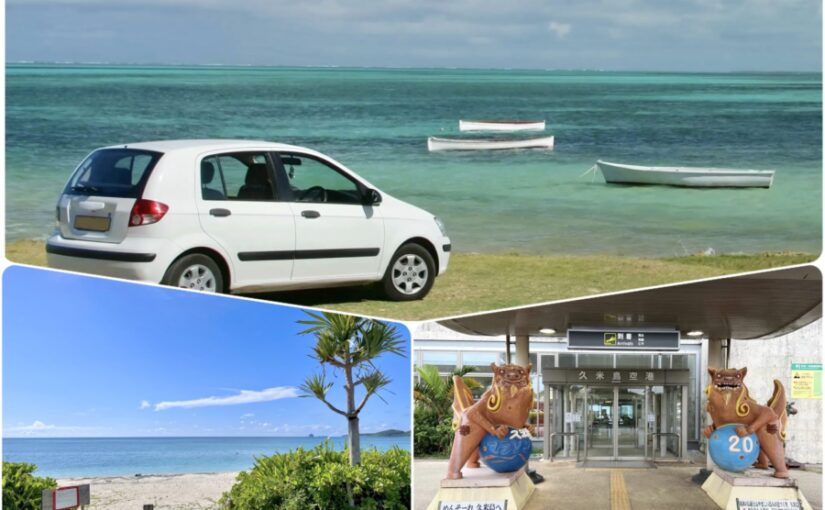 Kumejima Island/Car Rental】☆Early reservation recommended☆Compact class car rental plan for up to 5 persons ★Includes airport pickup & exemption compensation ★Cancellation free until 3 days before (No.r-1)開始時間8:00-19:00所要時間Negotiable4,950 yen
Kumejima Island/Car Rental】☆Early reservation recommended☆Compact class car rental plan for up to 5 persons ★Includes airport pickup & exemption compensation ★Cancellation free until 3 days before (No.r-1)開始時間8:00-19:00所要時間Negotiable4,950 yen
summary
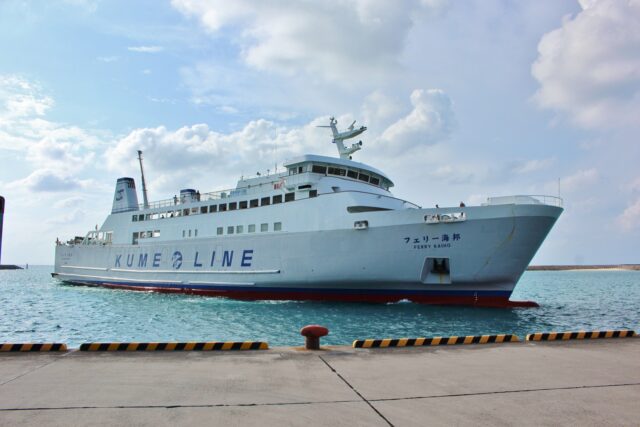
The Uezu Family, a facility where visitors can experience the history and culture of Kumejima, has become an essential part of Kumejima sightseeing.
This place is recommended for those who are considering sightseeing outside of the ocean, as it is a place where visitors can experience the history of Okinawa as well as sightseeing.
It is also a wonderful sightseeing experience to contemplate history while viewing the beautiful scenery of Kume Island, so we encourage you to visit.

